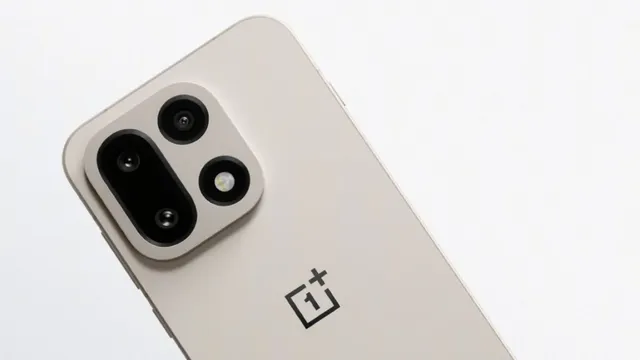- By Alex David
- Mon, 03 Nov 2025 11:38 AM (IST)
- Source:JND
OnePlus today unveiled their groundbreaking gaming technology called OP Gaming Core, which they hope will revolutionise mobile gaming performance through deep chip-level optimisations. According to them, this innovation incorporates hardware and software upgrades for greater control, responsiveness and stability, as well as ultra-smooth 120 FPS experiences in popular mobile games.
OP Gaming Core: OnePlus’ Next-Gen Gaming Engine
According to OnePlus, OP Gaming Core is a comprehensive hardware-based solution built with over 20,000 lines of original code and supported by 254 gaming optimisation patents. The technology is designed to reconstruct how gaming performance is delivered at the hardware level, working deep within the Android system foundation.
At the core of this system lies the OnePlus CPU Scheduler, an intelligent resource manager which intelligently allocates computing resources by replacing Android's traditional Completely Fair Scheduler (CFS). This provides more targeted management of workloads while decreasing unnecessary CPU instructions by up to 22.74% during key gaming tasks.
OnePlus devices such as the highly anticipated 15 series will benefit from CPU optimisation to provide an immersive 120 FPS experience, enhanced power efficiency and thermal regulation for optimal power management and smoother gameplay experiences. Furthermore, per-frame power management helps prevent frame rate fluctuations for an enjoyable gameplay experience.
OnePlus Performance Tri-Chip: A Hardware Powerhouse
Complementing the OP Gaming Core is the new Performance Tri-Chip architecture, a trio of dedicated hardware modules that work in unison to enhance gaming performance:
Component | Function | Key Highlights |
Performance Chip | Main processing and performance management | Built on the Snapdragon 8 Elite Gen 5 platform |
Touch Response Chip | Enhances touch precision and latency | Supports 330Hz touch sampling rate and 3200Hz instantaneous sampling rate |
Wi-Fi Chip G2 | Boosts wireless performance | Equipped with SmartLink, advanced RF modules, and signal stability algorithms |
Touch Response Chip enables faster and more precise touch input processing by offloading it from the SoC, providing faster and more accurate feedback - essential for competitive gaming. Wi-Fi Chip G2 enhances network reliability in low signal conditions for reduced lag/stutter during online play; Next-Gen HyperRendering with OP FPS Max support also comes standard.
Next-Gen HyperRendering and OP FPS Max
OnePlus also introduced Next-Gen HyperRendering, a GPU-level optimisation that reconstructs the graphics pipeline using Vulkan driver-layer instruction logic for improved rendering efficiency and nearly zero latency from frame interpolation, reportedly providing an 80% increase in per-frame rendering efficiency while decreasing latency from frame interpolation time by over 82% – an important step towards console-grade graphics performance on mobile devices.
ALSO READ: Google Maps Could Soon Get A Power-Saving Mode For Longer Drives
Additionally, the brand unveiled OP FPS Max: a high-frame-rate gaming solution featuring a 165 Hz display with native support of 165 frames per second (fps). Here, OP Gaming Core handles chip-level optimisation, while the Performance Tri-Chip ensures faster touch response and seamless connectivity to provide an enjoyable lag-free gaming experience.
Ready for the Future of Mobile Gaming
OnePlus announced the introduction of their OP Gaming Core, Performance Tri-Chip and FPS Max technologies into their forthcoming flagship lineup. OnePlus already supports 165 FPS gameplay across popular titles, with more games and industry partnerships expected in the near future.
By combining cutting-edge chip-level architecture and software intelligence, OnePlus aims to set a new benchmark in mobile gaming excellence, promising smoother gameplay, reduced latency times and enhanced efficiency from their next generation of devices.

